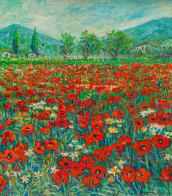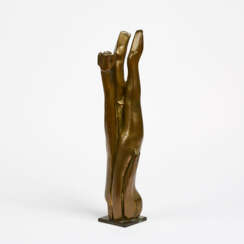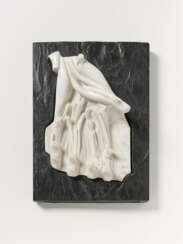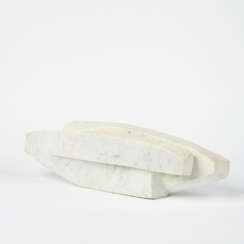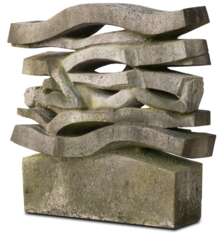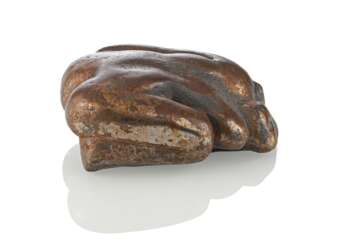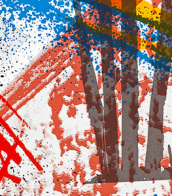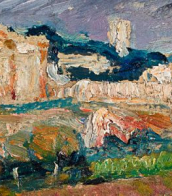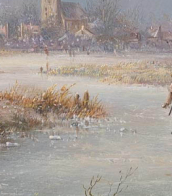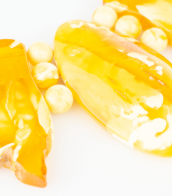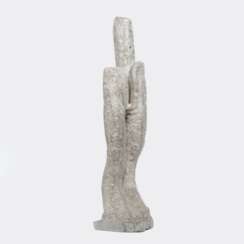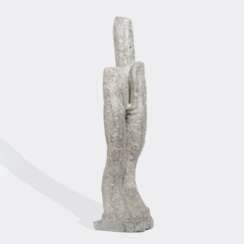michael schoenholtz (1937 - 2019)
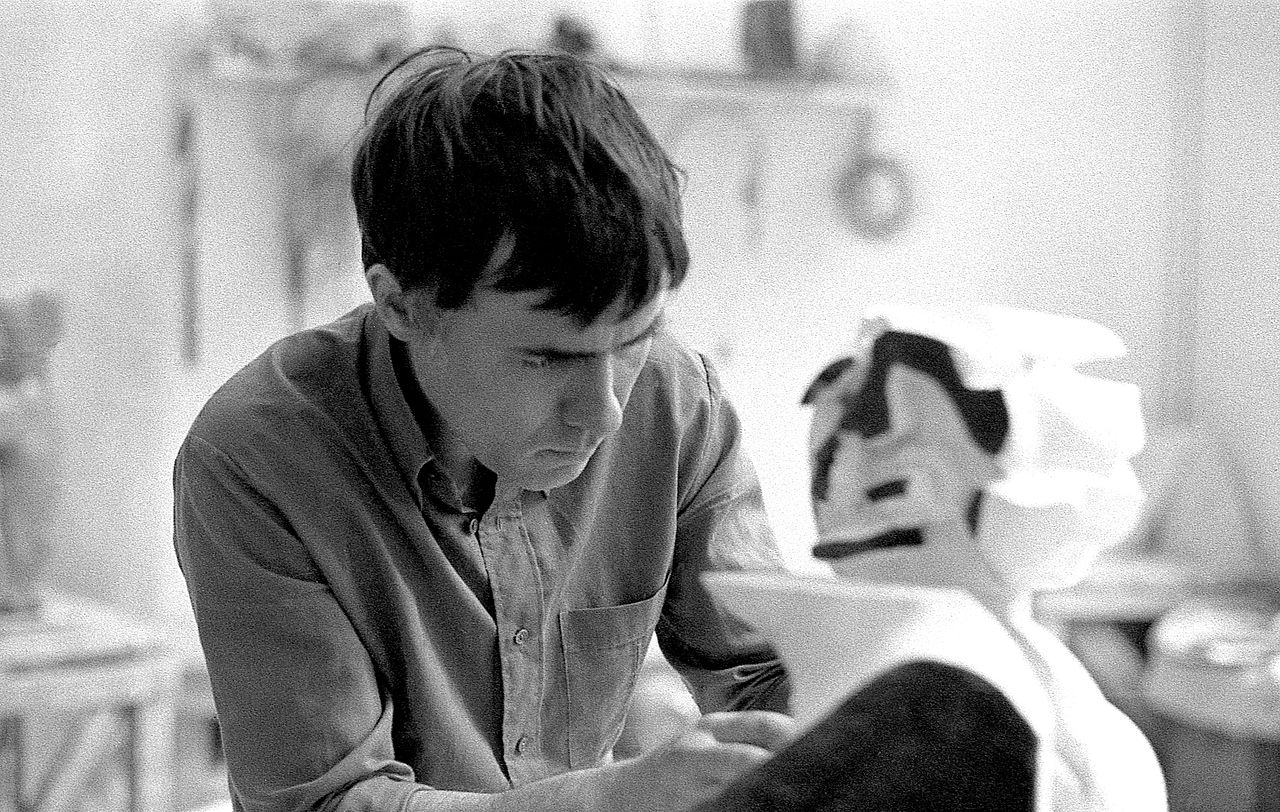
Michael Schoenholtz was a German sculptor.
Schoenholtz worked mainly as a stone sculptor, executing his works in a simple, reduced formal language after large-format charcoal preliminary drawings. His best-known works include sculptures in the crypt of the Frauenkirche in Dresden (1999-2005), which he designed. Sculptures by Michael Schoenholtz can be seen in public spaces in Heilbronn, Nordhorn, Soest and above all in Berlin. In 1966 he took part in the first sculpture symposium in Hořice in the Czech Republic.
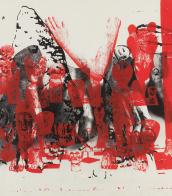

Michael Schoenholtz was a German sculptor.
Schoenholtz worked mainly as a stone sculptor, executing his works in a simple, reduced formal language after large-format charcoal preliminary drawings. His best-known works include sculptures in the crypt of the Frauenkirche in Dresden (1999-2005), which he designed. Sculptures by Michael Schoenholtz can be seen in public spaces in Heilbronn, Nordhorn, Soest and above all in Berlin. In 1966 he took part in the first sculpture symposium in Hořice in the Czech Republic.


Michael Schoenholtz was a German sculptor.
Schoenholtz worked mainly as a stone sculptor, executing his works in a simple, reduced formal language after large-format charcoal preliminary drawings. His best-known works include sculptures in the crypt of the Frauenkirche in Dresden (1999-2005), which he designed. Sculptures by Michael Schoenholtz can be seen in public spaces in Heilbronn, Nordhorn, Soest and above all in Berlin. In 1966 he took part in the first sculpture symposium in Hořice in the Czech Republic.
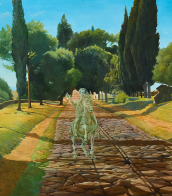

Michael Schoenholtz was a German sculptor.
Schoenholtz worked mainly as a stone sculptor, executing his works in a simple, reduced formal language after large-format charcoal preliminary drawings. His best-known works include sculptures in the crypt of the Frauenkirche in Dresden (1999-2005), which he designed. Sculptures by Michael Schoenholtz can be seen in public spaces in Heilbronn, Nordhorn, Soest and above all in Berlin. In 1966 he took part in the first sculpture symposium in Hořice in the Czech Republic.
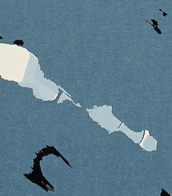

Michael Schoenholtz was a German sculptor.
Schoenholtz worked mainly as a stone sculptor, executing his works in a simple, reduced formal language after large-format charcoal preliminary drawings. His best-known works include sculptures in the crypt of the Frauenkirche in Dresden (1999-2005), which he designed. Sculptures by Michael Schoenholtz can be seen in public spaces in Heilbronn, Nordhorn, Soest and above all in Berlin. In 1966 he took part in the first sculpture symposium in Hořice in the Czech Republic.


Michael Schoenholtz was a German sculptor.
Schoenholtz worked mainly as a stone sculptor, executing his works in a simple, reduced formal language after large-format charcoal preliminary drawings. His best-known works include sculptures in the crypt of the Frauenkirche in Dresden (1999-2005), which he designed. Sculptures by Michael Schoenholtz can be seen in public spaces in Heilbronn, Nordhorn, Soest and above all in Berlin. In 1966 he took part in the first sculpture symposium in Hořice in the Czech Republic.
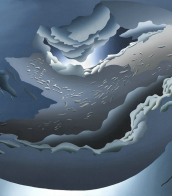

Michael Schoenholtz was a German sculptor.
Schoenholtz worked mainly as a stone sculptor, executing his works in a simple, reduced formal language after large-format charcoal preliminary drawings. His best-known works include sculptures in the crypt of the Frauenkirche in Dresden (1999-2005), which he designed. Sculptures by Michael Schoenholtz can be seen in public spaces in Heilbronn, Nordhorn, Soest and above all in Berlin. In 1966 he took part in the first sculpture symposium in Hořice in the Czech Republic.
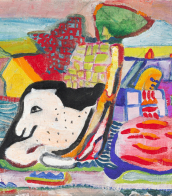

Michael Schoenholtz was a German sculptor.
Schoenholtz worked mainly as a stone sculptor, executing his works in a simple, reduced formal language after large-format charcoal preliminary drawings. His best-known works include sculptures in the crypt of the Frauenkirche in Dresden (1999-2005), which he designed. Sculptures by Michael Schoenholtz can be seen in public spaces in Heilbronn, Nordhorn, Soest and above all in Berlin. In 1966 he took part in the first sculpture symposium in Hořice in the Czech Republic.


Michael Schoenholtz was a German sculptor.
Schoenholtz worked mainly as a stone sculptor, executing his works in a simple, reduced formal language after large-format charcoal preliminary drawings. His best-known works include sculptures in the crypt of the Frauenkirche in Dresden (1999-2005), which he designed. Sculptures by Michael Schoenholtz can be seen in public spaces in Heilbronn, Nordhorn, Soest and above all in Berlin. In 1966 he took part in the first sculpture symposium in Hořice in the Czech Republic.


Michael Schoenholtz was a German sculptor.
Schoenholtz worked mainly as a stone sculptor, executing his works in a simple, reduced formal language after large-format charcoal preliminary drawings. His best-known works include sculptures in the crypt of the Frauenkirche in Dresden (1999-2005), which he designed. Sculptures by Michael Schoenholtz can be seen in public spaces in Heilbronn, Nordhorn, Soest and above all in Berlin. In 1966 he took part in the first sculpture symposium in Hořice in the Czech Republic.
